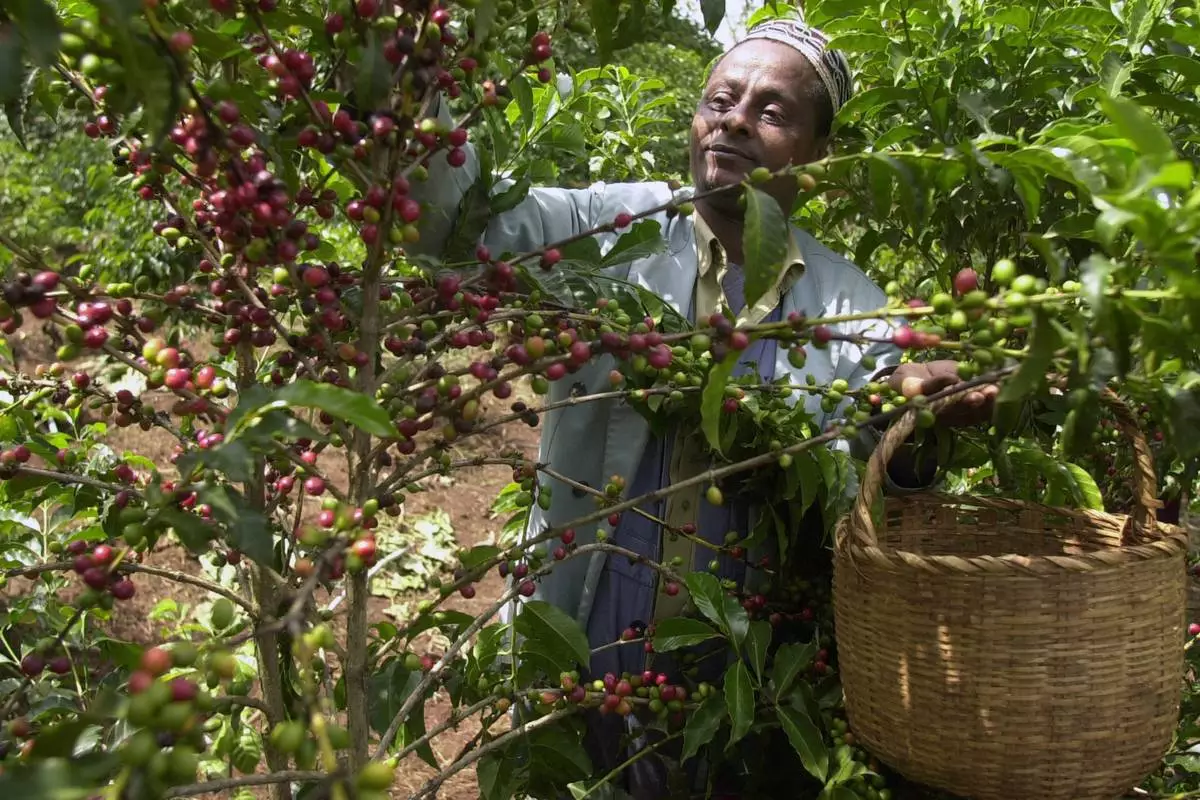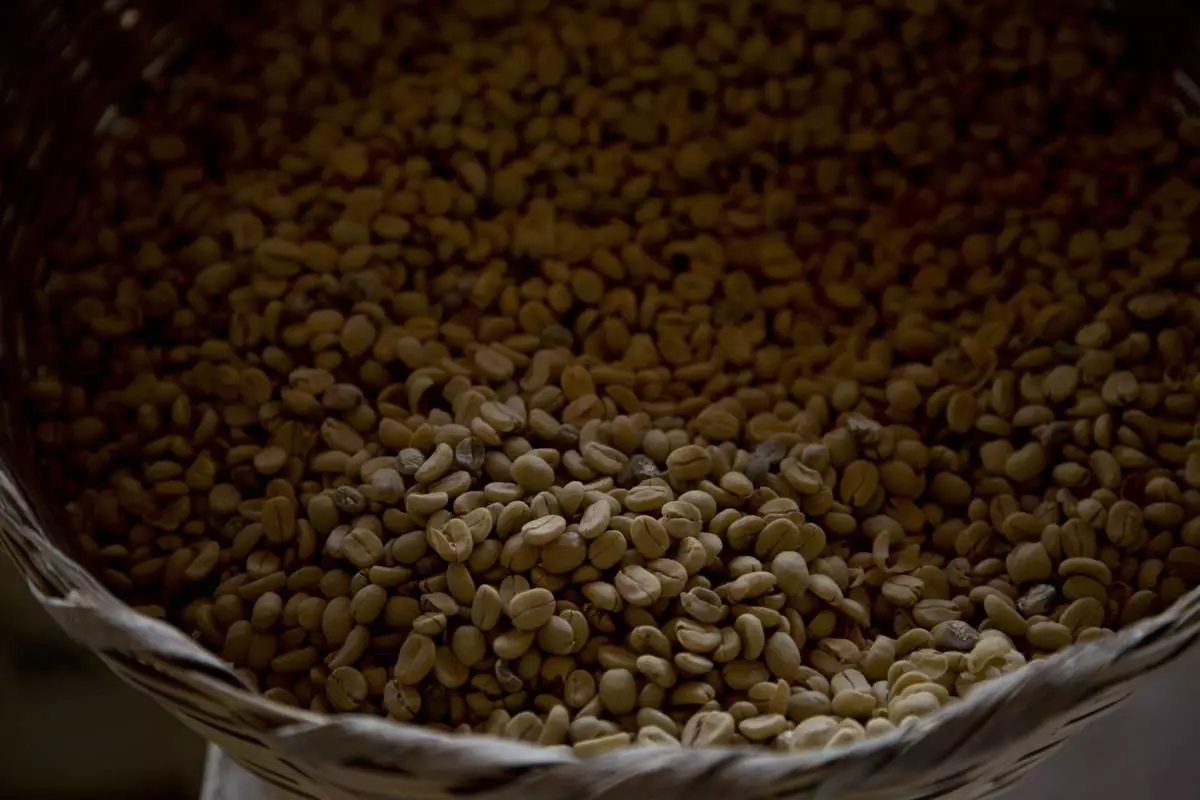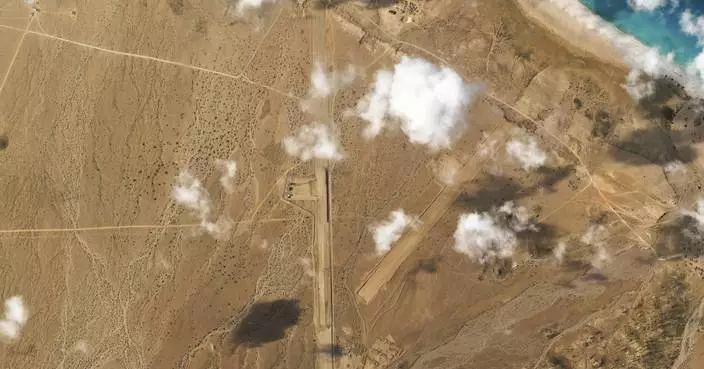Forces loyal to Yemen's internationally recognized government have taken full control of a key southern city after overnight clashes with separatists, Yemeni security officials said Friday.
Clashes over Etq, the capital of oil-rich Shabwa province erupted late Thursday night and lasted until Friday morning, said the security officials, speaking on condition of anonymity because there were not authorized to talk to the media.
The city of Etq was previously divided between Saudi-backed President Abed Rabbo Mansour Hadi's government forces and a separatist militia, trained and armed by the United Arab Emirates.
The infighting between Hadi's forces and the UAE-backed separatists — ostensibly allies in Yemen's war against the Shiite Houthi rebels — erupted earlier this month. It has threatened to fracture the Saudi-led coalition, a group of Arab states that intervened in Yemen's civil war in 2015, to help restore Hadi's government to power. The previous year, the rebel Houthis overran the capital, Sanaa, and gained control of much of the country's north.
Separatist militiamen of the so-called Southern Transitional Council, have so far seized strategic southern areas, including the city of Aden and much of the nearby Abyan province.
A Saudi-Emirati commission flew to southern Yemen last week to negotiate a truce between the government forces and separatists but has so far made no progress.
In a tweet posted early Friday, Hani Ben Braik, a separatist leader, would not admit defeat at Etq but said his militiamen chose not to pursue a battle in the city out of "respect" for the truce efforts. However, Ben Baraik warned his forces would fight back if they were attacked again.
Though a key member of the coalition, the UAE never threw its full support behind Hadi because of his ties to Yemen's Muslim Brotherhood group, a pan-Arab movement that many Arab countries, including the UAE, consider a terrorist organization.
Hadi's government released a statement on Tuesday saying the UAE was responsible for the "armed rebellion" in the south and urged the Emiratis to stop providing funds and military support to the separatists.
That coffee you slurped this morning? It’s 600,000 years old.
Using genes from coffee plants around the world, researchers built a family tree for the world's most popular type of coffee, known to scientists as Coffea arabica and to coffee lovers simply as “arabica.”
The researchers, hoping to learn more about the plants to better protect them from pests and climate change, found that the species emerged around 600,000 years ago through natural crossbreeding of two other coffee species.
“In other words, prior to any intervention from man,” said Victor Albert, a biologist at the University at Buffalo who co-led the study.
These wild coffee plants originated in Ethiopia but are thought to have been first roasted and brewed primarily in Yemen starting in the 1400s. In the 1600s, Indian monk Baba Budan is fabled to have smuggled seven raw coffee beans back to his homeland from Yemen, laying the foundation for coffee’s global takeover.
Arabica coffee, prized for its smooth and relatively sweet flavor, now makes up 60% - 70% of the global coffee market and is brewed by brands such as Starbucks, Tim Horton's and Dunkin'. The rest is robusta, a stronger and more bitter coffee made from one of arabica's parents, Coffea canephora.
To piece together arabica coffee’s past, researchers studied genomes of C. canephora, another parent called Coffea eugenioides, and more than 30 different arabica plants, including a sample from the 1700s — courtesy of the Natural History Museum in London — that Swedish naturalist Carl Linnaeus used to name the plant.
The study was published Monday in the journal Nature Genetics. Researchers from Nestlé, which owns several coffee brands, contributed to the study.
The arabica plant’s population fluctuated over thousands of years before humans began cultivating it, flourishing during warm, wet periods and suffering through dry ones. These lean times created so-called population bottlenecks, when only a small number of genetically similar plants survived.
Today, that renders arabica coffee plants more vulnerable to diseases like coffee leaf rust, which cause billions of dollars in losses every year. The researchers explored the makeup of one arabica variety that is resistant to coffee leaf rust, highlighting sections of its genetic code that could help protect the plant.
The study clarifies how arabica came to be and spotlights clues that could help safeguard the crop, said Fabian Echeverria, an adviser for the Center for Coffee Research and Education at Texas A&M University who was not involved with the research.
Exploring arabica’s past and present could yield insight into keeping coffee plants healthy – and coffee cups full – for future early mornings.
The Associated Press Health and Science Department receives support from the Howard Hughes Medical Institute’s Science and Educational Media Group. The AP is solely responsible for all content.

FILE - Mohammed Fita picks coffee beans on his farm Choche, near Jimma, 375 kilometers (234 miles) southwest of Addis Ababa, Ethiopia, on Saturday, Sept. 21 2002. Wild coffee plants originated in Ethiopia but are thought to have been primarily roasted and brewed in Yemen starting in the 1400s. (AP Photo/Sayyid Azim, File)

FILE - Arabica coffee beans harvested the previous year are stored at a coffee plantation in Ciudad Vieja, Guatemala, on May 22, 2014. In a study published in the journal Nature Genetics on Monday, April 15, 2024, researchers estimate that Coffea arabica came to be from natural crossbreeding of two other coffee species over 600,000 years ago. (AP Photo/Moises Castillo, File)





